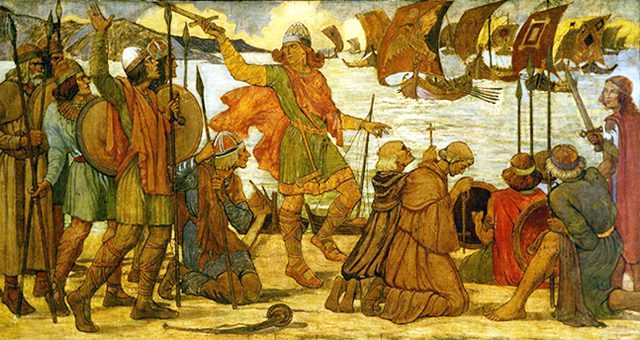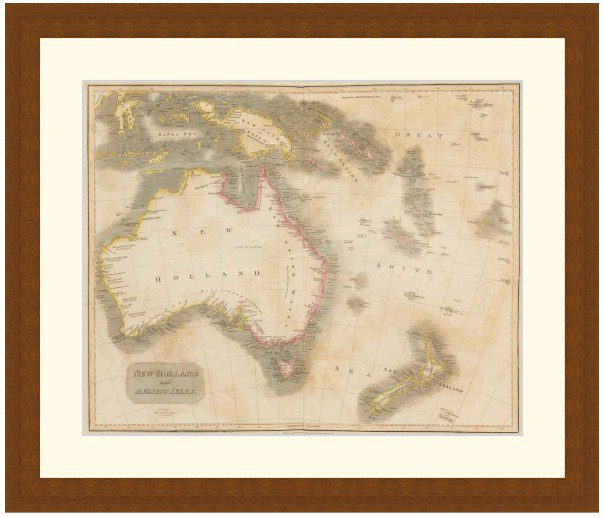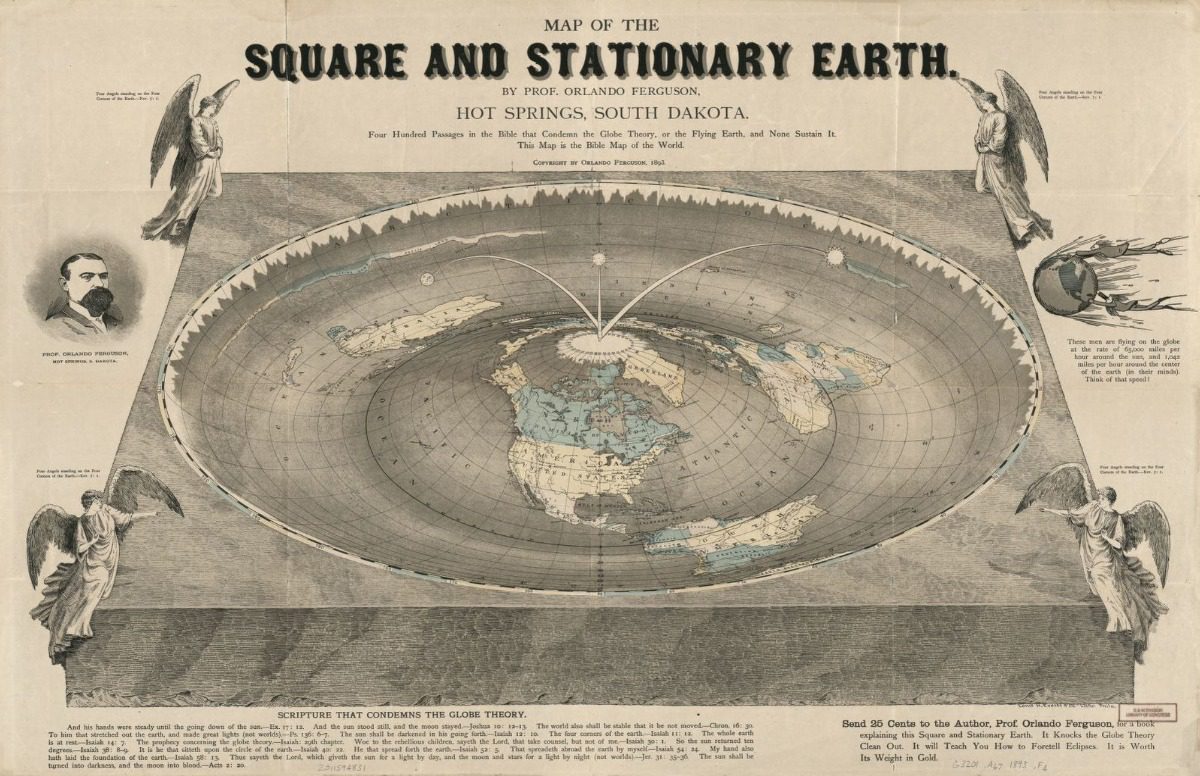Reading time: 7 minutes
From Napoleon being short to slaves building the pyramids, there are hundreds of common historical misconceptions floating around.
Sometimes deliberate propaganda attempts created by political enemies, and occasionally simple misunderstandings of the truth, people love to recite interesting facts and titbits about history, but not all of them are completely true.
Here are some of the most famous misconceptions about history you may have heard of, along with some surprising accurate revelations.
“Let Them Eat Cake”
One of the most famous quotes in history, “Let them eat cake,” is often attributed to Marie Antoinette, the last Queen of France before the French Revolution.
Many people in the Western world have heard this phrase, and including almost everyone who takes an interest in history.
What you may or may not know is that this quote is likely attributed to the wrong person.
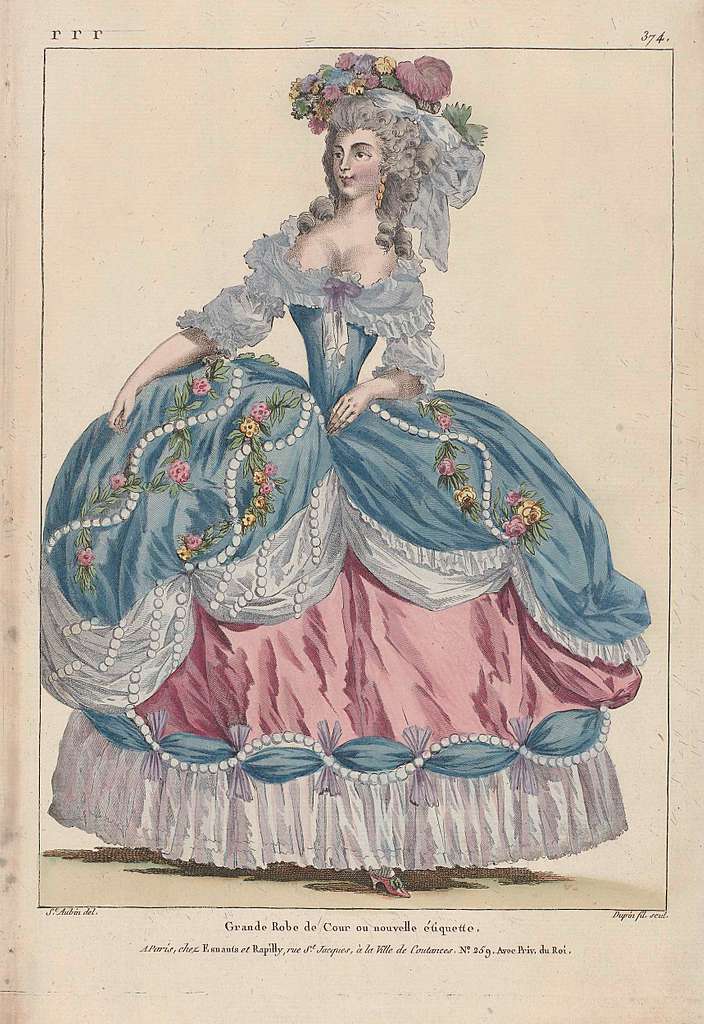
For decades, many believed that “Let them eat cake” was said by Marie Antoinette in response to learning that peasants had no bread, and has been repeatedly used by modern progressive movements to symbolise the disconnect between the ruling class and the common people.
While this symbol still works, this misattribution has given Marie Antoinette an unfair reputation.
The exact phrase “Qu’ils mangent de la brioche” translates more accurately to “Let them eat brioche” and was first recorded in Jean-Jacques Rousseau’s “Confessions”. Given that this was written between 1765 and 1769, Marie Antoinette was just a child at the time of writing, likely between ten and fourteen years old.
Rousseau never directly attributed the quote to Antoinette – that came later – instead he cited an unnamed “great princess.” Modern historians generally believe Marie Thérèse, the wife of Louis XIV who lived about a century earlier, is a more likely source.
The PepsiCo Navy
As internet culture surged in the early 2000s, a new historical myth emerged: the tale of soft drinks company PepsiCo and its deal with the Soviet Union that gave it the world’s sixth-largest navy.
As with most things, this tale comes with a mix of truth and exaggeration.
In 1989, PepsiCo along with a Norwegian shipping company did indeed strike a deal with the Soviet Union, which often found itself bartering with goods due to its shortage of hard currency.

In exchange for Pepsi imports, the Soviets offered seventeen submarines, a cruiser, a frigate, and a destroyer to the Norwegian Shipping company, which would then sell them and give PepsiCo 25% of the sale price.
While on paper PepsiCo may have briefly jointly held possession of several once powerful military naval vessels, at the time of the trade these were old, decommissioned, and not fit for service. We wouldn’t say a museum with non-functional cannons and guns holds a real armoury, after all. At the very least, this common misconception from history has an interesting true story behind it.
Boring Ancient Statues
Less of a consistent myth and more a general untrue consensus, many people naturally believe that ancient statues of stone and marble were always plain and white.
After all, most surviving exhibits in museums are completely pale and bare, leading many to imagine ancient Greek and Roman statues as pristine white marble figures.

As with most periods of history, our ancestors loved colour and vibrancy more than we give them credit for.
Most ancient statues were actually painted in vibrant colours, and the plain white appearance we see today is the result of pigment deterioration over time, largely due to exposure to the elements and sunlight.
Luckily, archaeological techniques such as ultraviolet light analysis have revealed traces of these original colours, allowing us to reconstruct the true appearance of many ancient sculptures and see exactly what the ancient Romans or Greeks would have.
The “Dark Ages”
The very term “Dark Ages” has given rise to a misconception about the period of history from the fall of the Roman Empire in the 5th century to the 10th to 15th centuries, also known as the Middle Ages.
Originally termed the “Dark Ages” due to a lack of written documentation compared to the previous Roman period in Europe, it quickly grew to suggest that the entire period was one of intellectual and cultural stagnation.
While records from this period are limited, in many other areas major advancements occurred both in Europe and the wider world – the Byzantine Empire flourished, while the Islamic Golden Age brought about major scientific and cultural developments.
Lower Life Expectancies
When people think of the past, especially pre-industrial times, we tend to imagine very short life expectancies.
Perhaps a few old people, but generally a lot of people dying in their 30s and 40s.
While the average life expectancy was certainly lower, this misconception of history stems from a simple mistake in reading and understanding statistics.
The low average life expectancy in these periods was largely due to high infant and child mortality rates caused by various diseases, as well as young men dying in wars and due to high rates of death and injury in early mining and manufacturing industries.
These high death rates in the early years of life significantly lowered the overall average. However, if you survived childhood, the chances of living into your sixties or seventies were high – much higher than many people believe.
For example, in medieval England, if a person reached the age of twenty-one, they could expect to live to around sixty-four.
George Washington’s Wooden Teeth
For some strange reason, the myth of George Washington’s wooden teeth is deeply ingrained in American folklore.
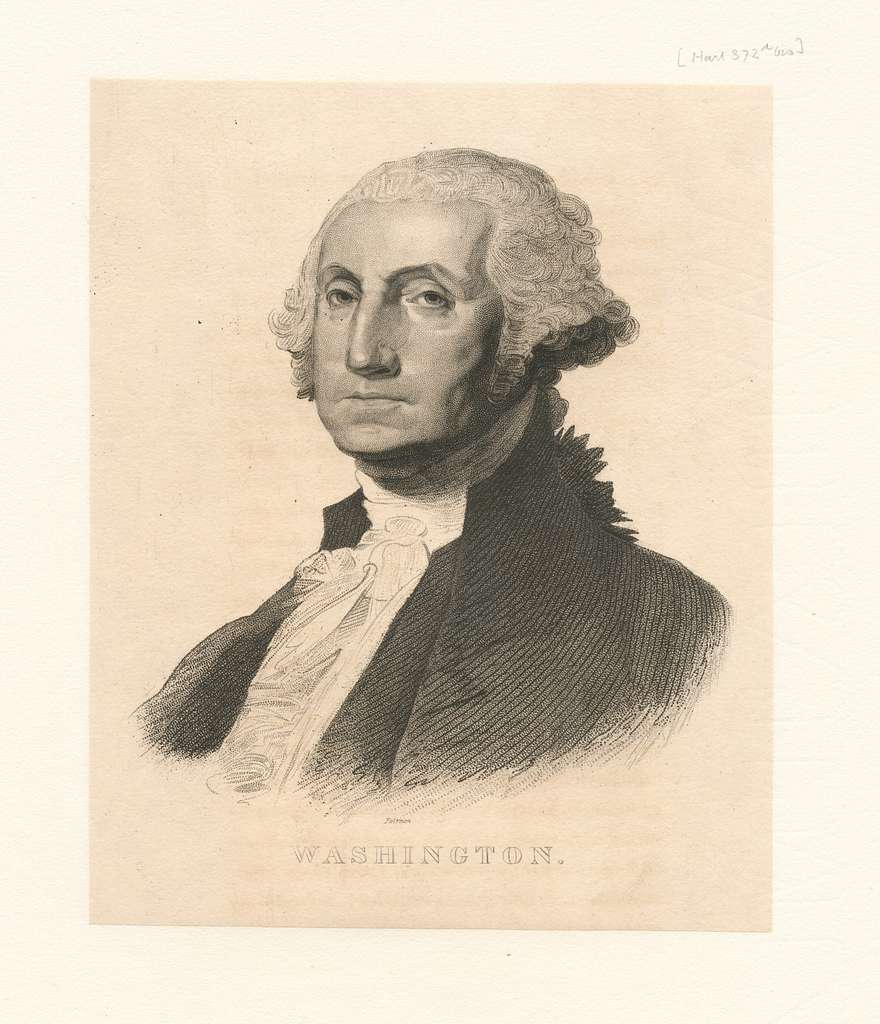
The truth is, George Washington never had wooden teeth. So where did this misconception come from?
The very first U.S. President, Washington suffered from dental problems all throughout his life, however, his dentures were not wooden at all. Instead, they were made from a combination of human teeth, cow teeth, hippopotamus ivory, and metal – as was standard for wealthier people at the time.
While no one can say for sure where the myth of wooden teeth came from, there’s a good chance people mistook the discolouration of his ivory dentures for wood, leading to a misconception that still exists today, hundreds of years later.
Defensive Spiral Staircases
If you’ve ever visited a castle or taken an interest in them, you may have heard that spiral staircases in medieval fortresses were designed to spiral clockwise to disadvantage right-handed attackers ascending the stairs.
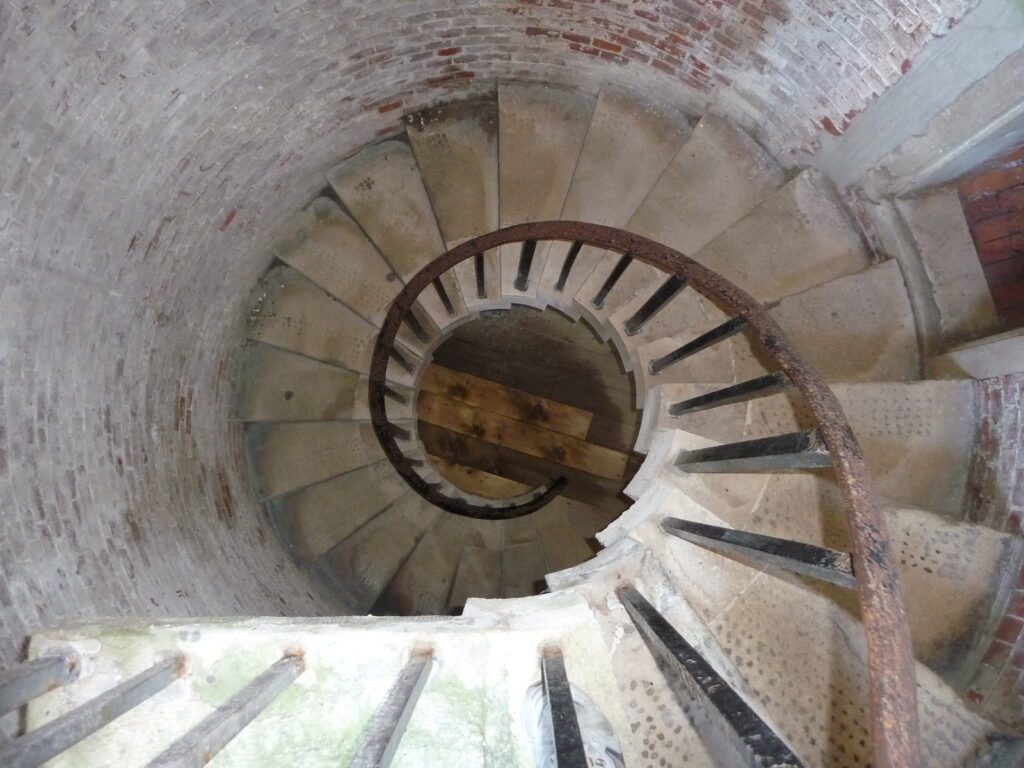
The idea behind this is that almost all attackers would hold their weapon in their right hand, and when walking up the castle’s stairs their weapon would be limited in its use, compared to a lot more space for defenders coming down the stairs to swing their weapons.
Some thought and further analysis almost immediately dispels this.
While some clockwise spiral staircases may have provided a slight defensive advantage in some scenarios, there’s no evidence this was their design purpose.
Looking around at other buildings constructed at the same time, such as churches and other domestic buildings, you’ll still see the same clockwise spiral staircases, making it much more likely they were designed for saving space and allowing for efficient vertical circulation instead of for any tactical reasons.
Across history there have been many misconceptions, and without knowing where to look, it can be difficult to know what is truth, exaggeration, or complete fabrication. From interesting quotes to strange tales, it’s always worth doing a little research to discover the true story behind the myths you see online.
Podcasts about historical myths and misconceptions
Articles you may also like

Putin’s brazen manipulation of language is a perfect example of Orwellian doublespeak
Reading time: 6 minutes
If you’ve been paying attention to how Russian President Vladimir Putin talks about the war in Ukraine, you may have noticed a pattern. Putin often uses words to mean exactly the opposite of what they normally do.
He labels acts of war “peacekeeping duties.”
He claims to be engaging in “denazification” of Ukraine while seeking to overthrow or even kill Ukraine’s Jewish president, who is the grandson of a Holocaust survivor.

Full Program Announced! Fighting to the Finish: Australia in 1945 – Strategy, Victory and Legacy Conference, Melbourne. Book Now.
Military History & Heritage Victoria is excited to announce that tickets are now on sale for our next conference – Fighting to the Finish: Australia in 1945 – Strategy, Victory and Legacy – which will be held on 11th October 2025 in Melbourne. History Guild is proud to support this conference. Join an esteemed group […]
The text of this article was commissioned by History Guild as part of our work to improve historical literacy. If you would like to reproduce it please get in touch via this form.


